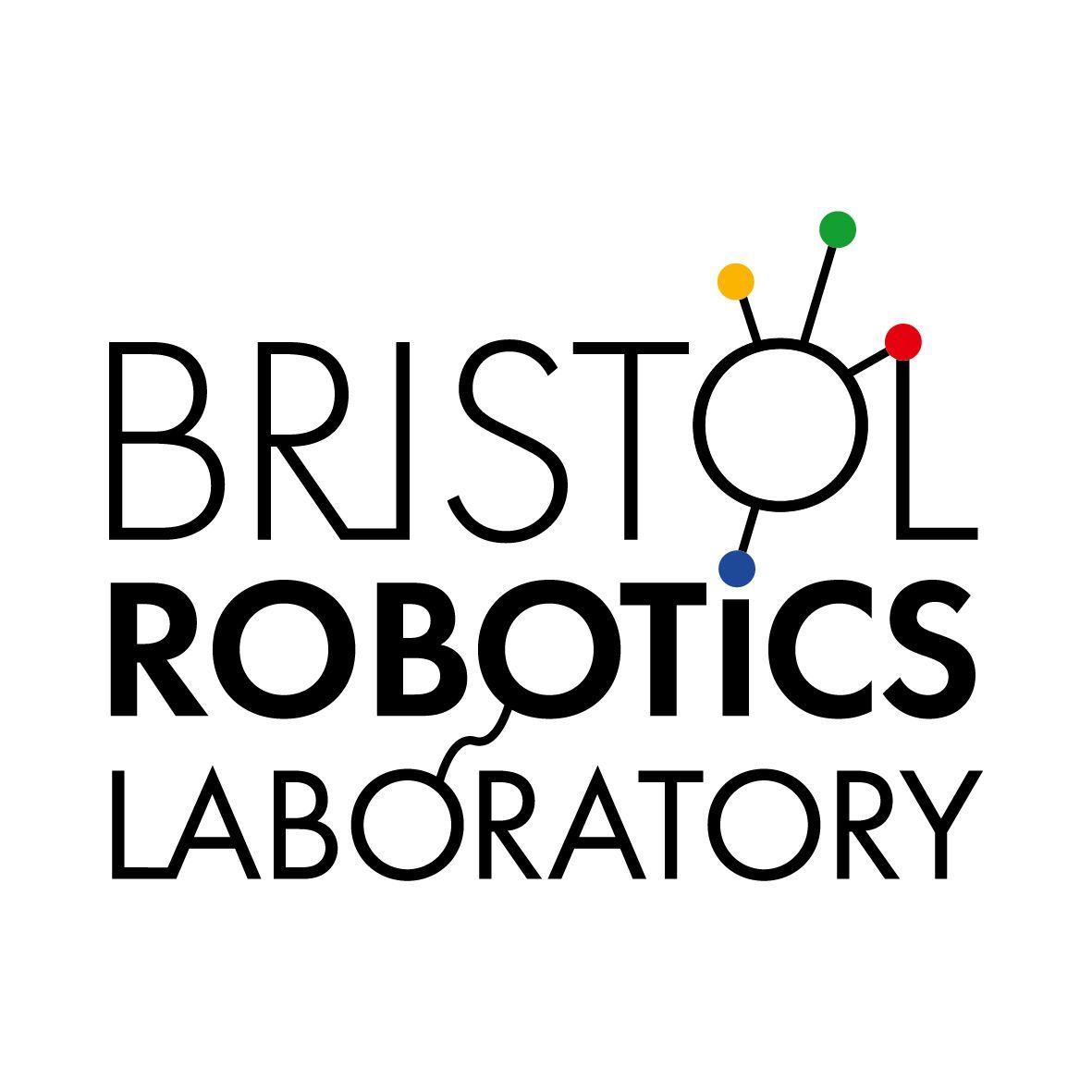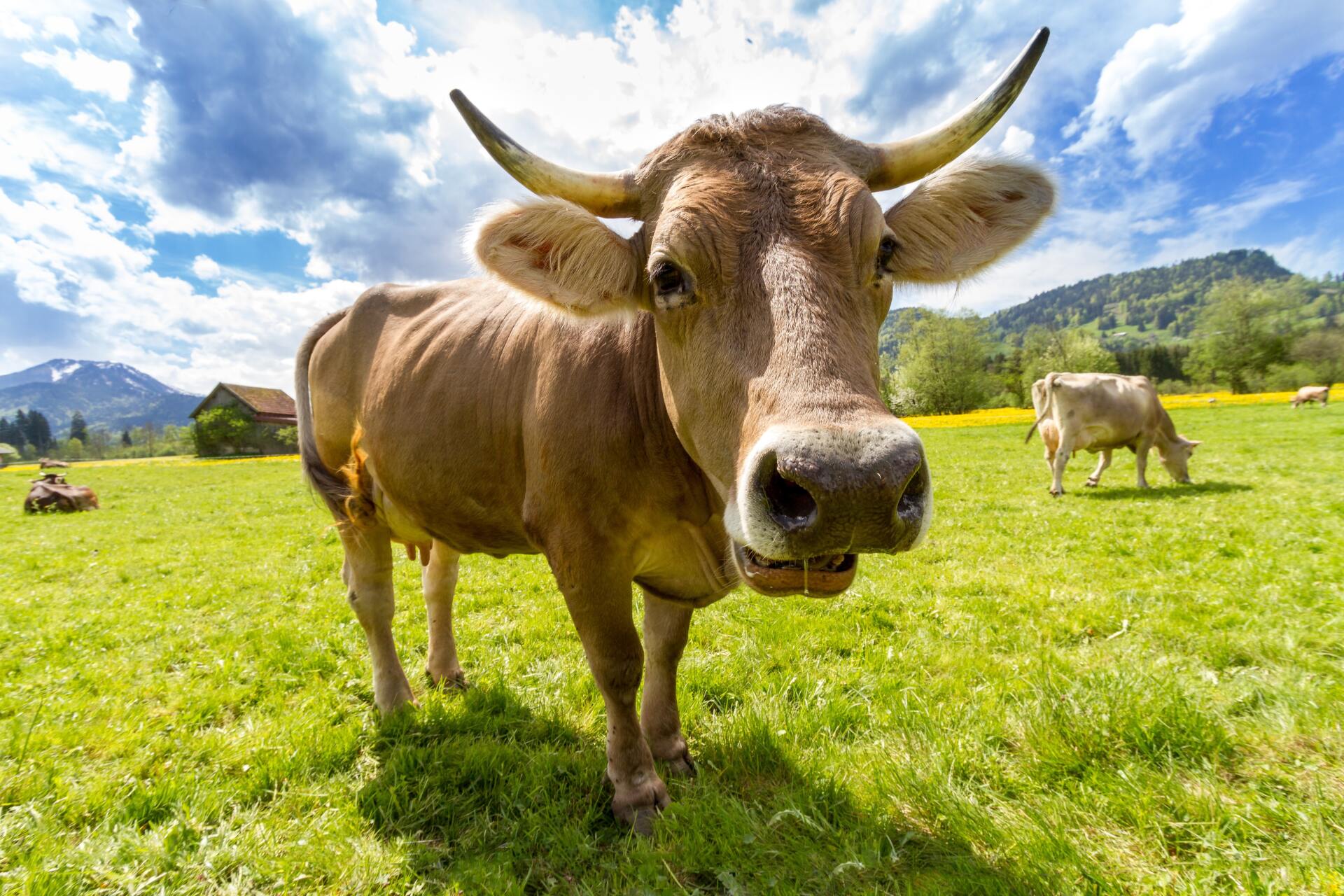Bristol Robotics Lab News

There's an opportunity to apply for a funded full-time PhD in the Centre for Machine Vision (CMV), School of Engineering, UWE Bristol. This studentship, titled "Three-dimensional object detection and segmentation in point clouds in the context of aerospace CFD meshing" will be jointly funded by UWE Bristol and Zenotech Ltd.
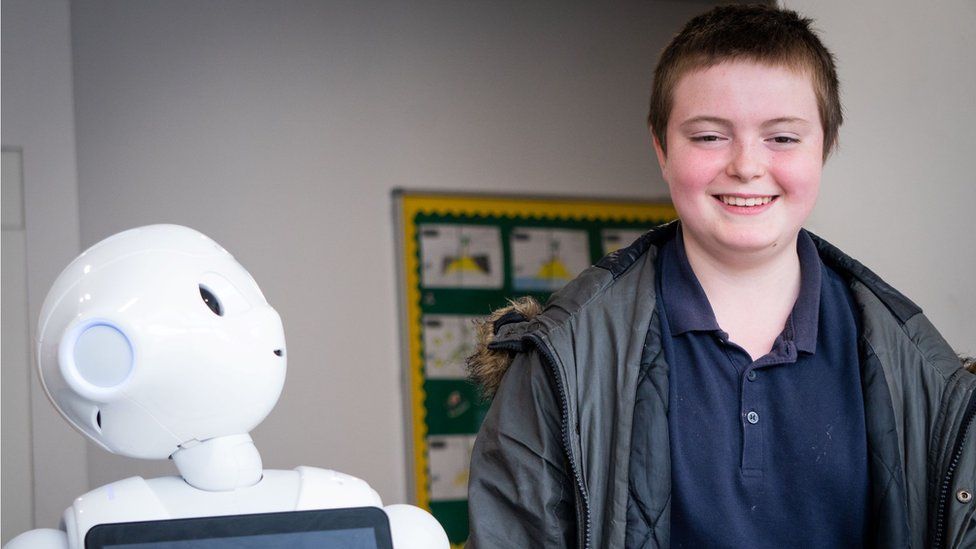
A robot has been helping autistic pupils with regulating their emotions in a three-week long research project. Pepper the robot based at The Mendip School in Somerset has been taking part in social activities designed to help autistic pupils with their wellbeing. Children at the school have been able to approach the robot for help in the three-week project. The Mendip School said autistic pupils have now found a new "confidence" to socially interact with others. The Bristol Robotics lab based at the University of the West of England helped to develop the technology using pupils and teachers input to decide how it would best support students in need. Mendip School's assistant headteacher, Iian Conley, said: ''Since Pepper arrived at the school there has been a lot of dancing and the children have also really enjoyed the robot's jokes. "Children who wouldn't normally socially interact with others are now choosing to interact with their peers. "It's great to see students willing to communicate with the robot where they might struggle with adults and children, and to see them opening up their friendship groups.'' Autism spectrum disorder (ASD) - its medical name - is the name for a range of conditions which affect how a person communicates and interacts with the world around them, as well as their interests and behaviour. It is estimated that about one in every 100 people in the UK is autistic. Read the full article here
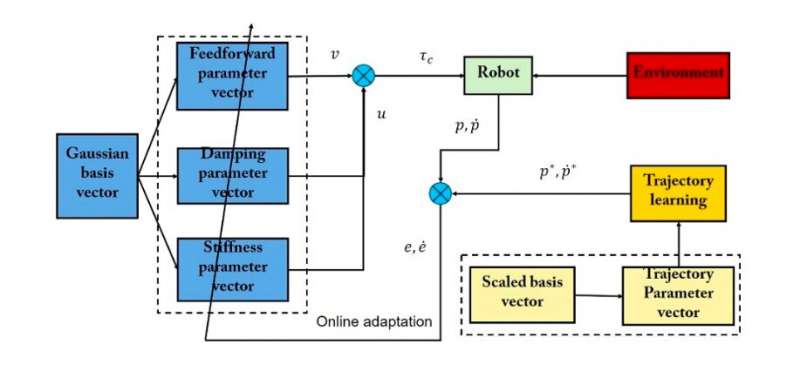
Over the past few decades, roboticists have created increasingly advanced and sophisticated robotics systems. While some of these systems are highly efficient and achieved remarkable results, they still perform far poorly than humans on several tasks, including those that involve grasping and manipulating objects. Researchers from Guangdong University of Technology, Politecnico di Milano, University of Sussex and Bristol Robotics Laboratory (BRL) at University of the West of England have recently developed a model that could help to improve robot manipulation. This model, presented in a paper published in IEEE Transactions on Industrial Informatics, draws inspiration from how humans adapt their manipulation strategies based on the task they are trying to complete. "Humans have the remarkable ability to deal with physical contact and complete dynamic tasks, such as curving, cutting and assembly, optimally and compliantly," Professor Chenguang Yang, the corresponding author for the paper working at BRL, told TechXplore. "Although these tasks are easy for humans, they are quite challenging for robots to perform, even advanced ones." According to Professor Yang and his colleagues, one of the reasons that many robots struggle with manipulation tasks is that they lack an innate human skill called adaptable compliance. This skill allows humans to adapt their movements and manipulation strategies according to the interactive force with the object they are trying to manipulate. Read the full article here

The conference brings together leading robotics researchers and business leaders to explore the benefits of robotics, smart automation, AI and machine-learning. Bristol Robotics Laboratory (BRL) will host a virtual conference on Wednesday 30 June, showcasing cutting-edge research and opportunities for organisations to engage with the UK’s largest robotics research laboratory. The conference brings together leading robotics researchers and business leaders to explore how robotics, smart automation, AI and machine learning can benefit organisations, from start-ups to large corporations. BRL will be presenting over 50 talks, a series of which will take place live from within the laboratory, on topics ranging from smart automation, assistive robotics and human-robot interaction to unmanned aerial vehicles. There will also be live demonstrations, industrial case studies and opportunities to discover current research from the community of PhD students. Read the full article here

Why did the robot cross the road? To tell jokes and lead dances in the corridors of a special needs school. Pepper, a socially intelligent robot, has spent the past three weeks helping pupils at the Mendip School in Somerset, in a first project of its kind to embed a humanoid robot in a school. Programmed at the University of the West of England’s (UWE) Bristol Robotics Laboratory, Pepper can take part in social and physical activities with children, such as storytelling, dancing, and using relaxation techniques such as t’ai chi and cuddles to help autistic pupils manage their wellbeing. “One of the great things we’ve seen already is children gathering in groups to engage with Pepper,” Iian Conley, an assistant head teacher, said. Read the full article here

The Seinfeld idiom, “worlds are colliding,” is probably the best description of work in the age of Corona. Pre-pandemic, it was easy to departmentalize one’s professional life from one’s home existence. Clearly, my dishpan hands have hindered my writing schedule. Thank goodness for the robots in my life, scrubbing and vacuuming my floors; if only they could power themselves with the crumbs they suck up. The World Bank estimates that 3.5 million tons of solid waste is produced by humans everyday, with America accounting for more than 250 million tons a year or over 4 pounds of trash per citizen. This figure does not include the 34 billion gallons of human organic materials that is processed in water treatment centers across the country each year. To the fictional Dr. Emmett Brown, this garbage is akin to “black gold” – ecologically powering cities, cars, and machines. In reality, the movie, “Back to The Future II” was inspired by the biomass gasification movement of 20th century in powering cars with wood during World War II when petroleum was scarce. The technology has advanced so much that a few years ago the GENeco water treatment plant in the United Kingdom built a biomethane gas bus that relied solely on sewage. In reflecting on the importance of the technology, Collin Field of Bath Bus Company declared, “We will never, ever, ever, while we are on this planet, run out of human waste.”
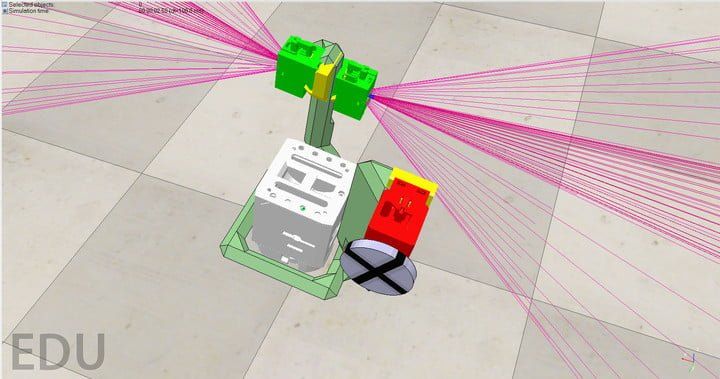
“We are trying to, if you like, invent a completely new way of designing robots that doesn’t require humans to actually do the designing,” said Alan Winfield. “We’re developing the machine or robot equivalent of artificial selection in the way that farmers have been doing for not just centuries, but for millennia … What we’re interested in is breeding robots. I mean that literally.” Winfield, who has been working with software and robotic systems since the early 1980s, is a professor of Cognitive Robotics in the Bristol Robotics Lab at the University of the West of England (UWE). He’s also one of the brains behind the Autonomous Robot Evolution (ARE) project, a multiyear effort carried out by UWE, the University of York, Edinburgh Napier University, and University of Amsterdam. It will, its creators hope, change the way that robots are designed and built. And it’s all thanks to borrowing a page from evolutionary biology.
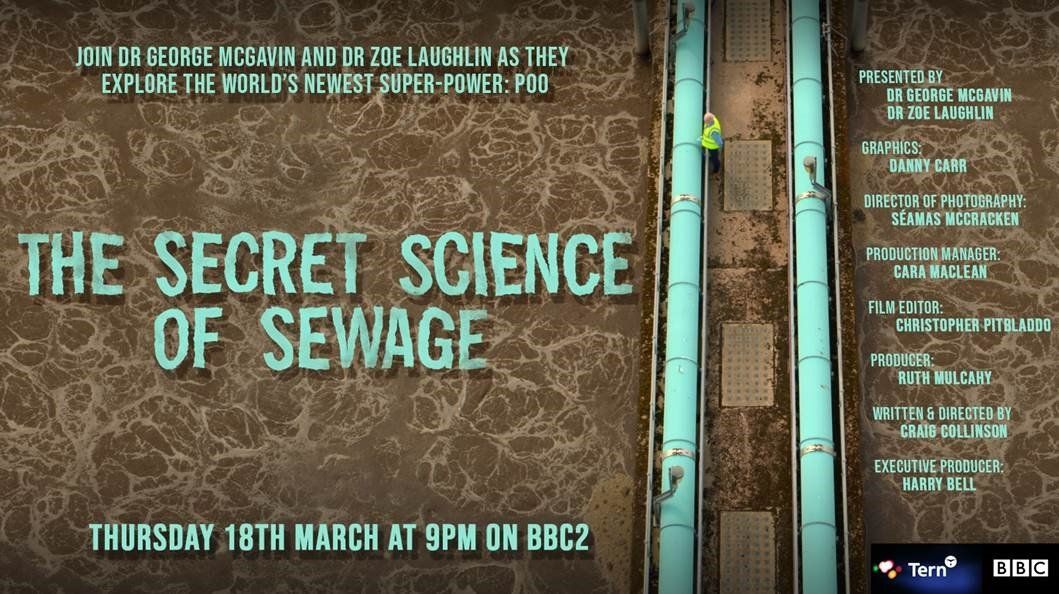
A new two part TV documentary, "The Secret Life of Sewage" featuring the Bristol BioEnergy Centre, airs on BBC Two tonight, 18th March. Dr George McGavin and Dr Zoe Laughlin set up base camp at one of the UK’s biggest Sewage Works to investigate the revolutionary science finding vital renewable resources and undiscovered life in human waste. Teaming up with world class scientists, they search for biological entities in sewage with potentially lifesaving medical properties, find out how pee can generate electricity, gas from poo can fuel a car and how nutrients in waste can help solve the soil crisis. They follow each stage of the sewage treatment process, revealing what the stuff we flush can tell us about how we live today, and the mindboggling biotechnology being harnessed to clean it, making the wastewater safe enough to return to the environment. Read the full entry here BRL Research: Bristol BioEnergy Centre

Art has helped so many of us through a turbulent year – but for the creators themselves, it’s been a time of restrictions. We look at innovative ways they’ve adopted to stay afloat. The Hastings Contemporary gallery opened nine years ago as a home for British contemporary art, but now the doors are closed. The exhibitions are still up, but the galleries are silent and still. One member of staff may occasionally be walking around the black-tiled building that looks out on to The Stade, a shingle beach on the Channel. But there’s something else moving through the space and focusing on the artwork. It’s a telepresence robot. Visitors can’t currently come to the gallery – so the gallery is taking the art to the visitors. “When you have to close your doors to the public, that’s a disaster,” says Liz Gilmore, the gallery’s director. “Our audiences and the art are the heartbeat of everything [we do].” Developed by US startup Double Robotics and loaned to the gallery by the Bristol Robotics Laboratory, the robot has sensors in its base and can be controlled via a phone or a laptop – allowing a gallery employee, sitting at home behind a screen, to guide a group, also at home behind individual screens, around the exhibition space. Since April 2020, Gilmore says, they have given hundreds of the half-hour tours. It’s one of the many innovative ways of dealing with the drastic changes brought about by the pandemic. The cultural sector has been one of the hardest hit by Covid-19: the arts and entertainment industry saw a 44.5% reduction in GDP in the second quarter of 2020, according to the Office for National Statistics. Institutions of all sizes have suffered, as have individual arts workers, many of whom have been made redundant, lost funding or seen freelance income dry up..... Read the full entry here BRL Research: Assistive Robotics

We are delighted to announce that BRL based PhD student, Ben Warmington, is a runner-up at the national Smith Institute’s annual TakeAIM competition. The TakeAIM competition is an opportunity for university students to showcase their work on the industrial stage. TakeAIM’s goal is to highlight the crucial role mathematics plays in solving real-world problems while rewarding the academic exploration of future innovators who undertake pioneering research. Ben, a University of Bristol PhD student, wrote about a piece of research he is directly involved in carrying out, identifying opportunities that may be realised by its application and possible future benefits in both economic and social terms. The entry, " Taking inspiration from nature's smallest machines to inspire better robotics ", focussed on his work attempting to model and subsequently leverage the inherent adaptive and organisational qualities of molecular motors to produce simpler and smarter actuators. Extract: How do animals perform such a variety of complicated motions so well, when our robots are so inflexible? If you asked most people this they may say it's something to do with the brain, and this is certainly part of the answer, but brainless organisms can achieve similar movements! Indeed, even our brain isn’t powerful enough to control every process happening within us – a vast amount of simple control must be passed off to tiny ‘molecular motors’, the basis for all our movement. There are hundreds of thousands of independent molecular motor units in a single muscle cell! Like rowers in a boat they work together to allow us to move and adapt, making decisions with little to no input from the brain.... Read the full entry here

Bristol is home to many influential and powerful women. That is why BristolLive wanted to celebrate International Women's Day by recognising some of the women who have contributed to life in the city in the past 12 months.... Praminda Caleb-Solly Praminda is a professor of assistive robotics and intelligent health technologies at the Bristol Robotics Lab in UWE Bristol. With over 18 years of teaching and research experience, Praminda’s work focuses on how robotics technology can support and improve people’s health and wellbeing. Since last year she has been working with North Bristol NHS Trust and colleagues from Bristol Robotics Laboratory to understand how best to introduce socially and physical assistive robots at Southmead hospital and evaluate how they could improve patient care. Read the full article including all 87 profiles here

Excessive concentration is rarely a good thing. In markets, it leads to monopoly, higher prices and lower quality. In society, it leads to homogeneity. And in a national economy, it creates imbalances which can ultimately hinder growth and fairness. And yet excessive concentration is exactly what is happening as a result of the way we fund research and development. New research from the think tank Onward published today shows that nearly three out of every four research-intensive jobs created in the last decade were based in the areas across London, Oxford and Cambridge, despite their making up only a fifth of the total population. It’s a problem that has hounded successive governments. Under Labour, AstraZeneca announced the closure of its research site in Leicestershire. Less than three years later their footprint was consolidated further from Cheshire to Cambridge. For the government’s levelling up agenda to succeed, it’s going to be crucial to close the innovation gap — the pressing challenge for ministers will be how to make that happen. The government has already committed to spending 2.4 per cent of GDP on research and development by 2027, a welcome increase. According to the Campaign for Science and Engineering, that pledge will be worth an additional £9 billion a year. Onward’s research recommends, amongst other things, dedicating that uplift in the budget to the rest of the country, outside Oxford, Cambridge and London. The government’s own evidence has said productivity would be up to 4 per cent higher by 2027 as a result. Local economies will grow further and world-leading research will be produced faster. This isn’t about defunding the Golden Triangle. Much of the work that places the UK at the global forefront for innovation and advances is undertaken by scientists and researchers there, the clearest example being the discovery of a successful coronavirus vaccine in Oxford. As clusters of world-class research capabilities, they will continue to receive funding from government, partners and industry collaborations because the ecosystems there are already established and mature. Onward’s recommendations are about harnessing the talents of people in places like Bristol, Sheffield, and Newcastle to power the recovery too. Whether in Bristol’s Robotics Laboratory or Newcastle’s Centre for Life — both cities with globally competitive expertise — there is untapped potential to grow further with greater support and investment...... Read full article here

The age of people starting new businesses in Bristol is decreasing with four in 10 start-ups in the city set up by people under 30, new data suggests. Almost 4,900 new companies were registered in the city last year with around 2,000 of these formed by young entrepreneurs, according to figures from The Accountancy Partnership. This reflects a rise within the last five years as under-30s accounted for 30% of the number of new ventures started in 2017. Uncertainty and economic disruption caused by the pandemic have seen a slowdown in recruitment, with 32% fewer vacancies in 2020 compared to the previous year according to the Office for National Statistics. Lockdown restrictions have also impacted on sectors that traditionally employ younger people, including retail, hospitality and tourism. The Accountancy Partnership said that more than two in 10 (23%) new business owners in 2020 created their business after being made redundant or furloughed from their current jobs. It’s managing director Lee Murphy said that while the pandemic was playing a part in boosting entrepreneurialism among young people born in the mid to late 1990s, known as Generation Z, the rise was also reflective of a longer trend of social media making starting a business more achievable. ......PHD student Kaya Sinclair, 28 [Bristol Robotics Laboratory], started making artwork and jewellery using resin moulds as a hobby during lockdown and sharing pictures and videos of her handiwork on Instagram and YouTube under the name Nalla and Goat. After receiving messages from followers wanting to buy her work Ms Sinclair, who is studying robotics and autonomous systems at both Bristol University and the University of West England, is now looking into registering Nalla and Goat as a business as she is now making money from her side project. Despite saying there were employment opportunities in the field she is training in, Ms Sinclair said she would prefer to make her own business her full-time occupation. “I think there are jobs for me in robotics as its one of those up and coming industries, so I’m not necessarily worried about my ability to get a job, it’s just I like the creativity I get from doing this project....." Read full article here

Robotic clothing that is entirely soft and could help people to move more easily is a step closer to reality thanks to the development of a new flexible and lightweight power system for soft robotics. The discovery by a team at the University of Bristol could pave the way for wearable assist devices for people with disabilities and people suffering from age-related muscle degeneration. The study is published today [17 February] in Science Robotics. Soft robots are made from compliant materials that can stretch and twist. These materials can be made into artificial muscles that contract when air is pumped into them. The softness of these muscles makes then suited to powering assistive clothing. Until now, however, these pneumatic artificial muscles have been powered by conventional electromagnetic (motor-driven) pumps, which are bulky, noisy, complex and expensive. Researchers from Bristol’s SoftLab and Bristol Robotics Laboratory led by Jonathan Rossiter, Professor of Robotics, have successfully demonstrated a new electro-pneumatic pump that is soft, bendable, low-cost and easy to make.... Read full article here BRL Research: Soft Robotics
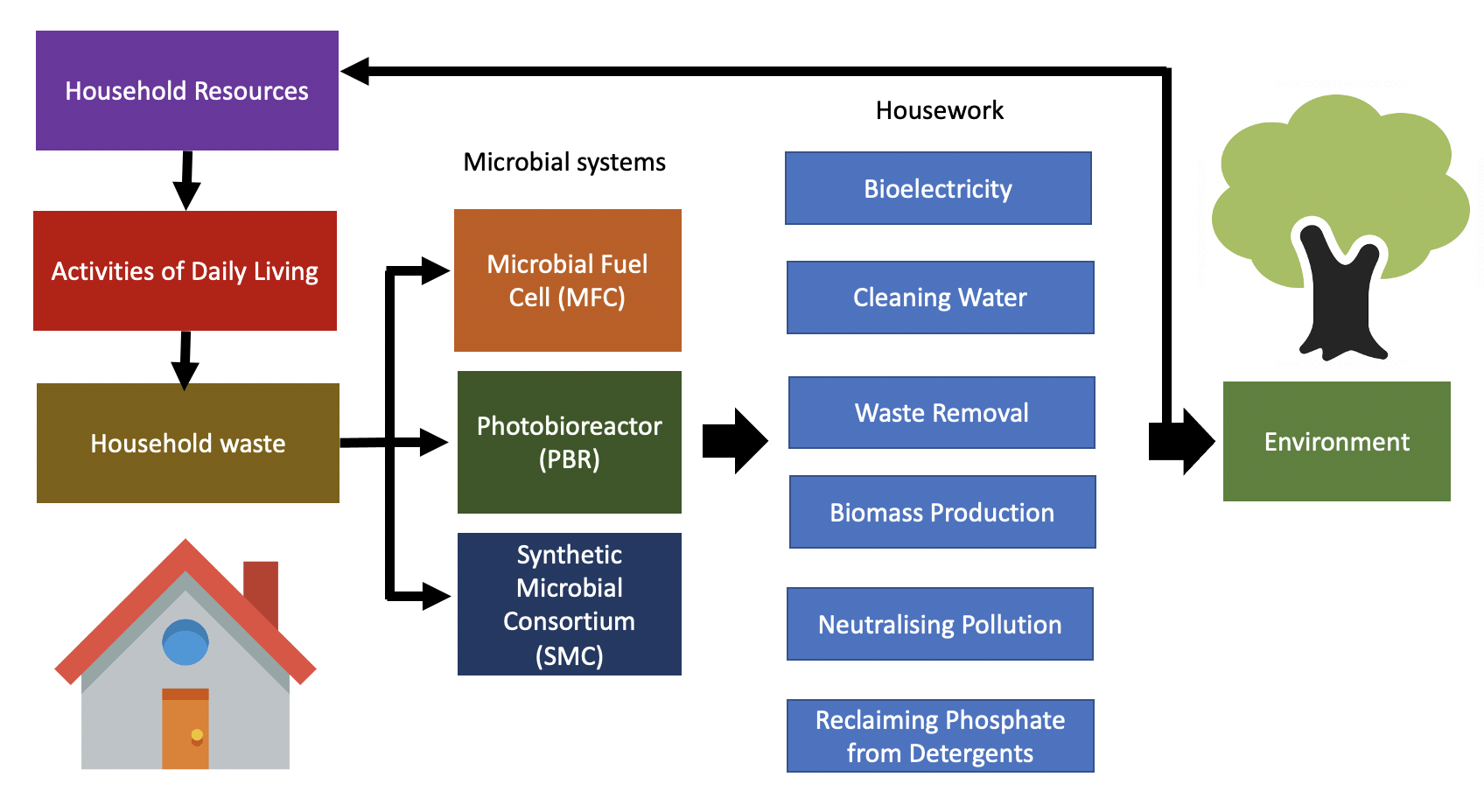
Imagine living in a home that has bricks that provide renewable energy and can tell you how happy they are. It's a prospect that may not be far off. Scientists have already made a prototype of the "living bricks," as an environmentally friendly alternative to fossil fuels. The Active Living Infrastructure: Controlled Environment (ALICE) consortium has created a living, breathing, energy-generating microbial system that powers homes while talking to you through augmented reality. It has been designed so it can let you know how productive and happy it is. The basis of the prototype are the living bricks that can form walls and buildings. They contain microbes that use liquid waste to generate electricity and clean water. Professor Rachel Armstrong of Newcastle University, who coordinates the ALICE project, said urine and grey water is collected and enters into a settlement tank..... .....The living bricks be available within three years, hopes the ALICE consortium, which includes the University of the West of England and Translating Nature as well as Newcastle University. "We are currently looking at a commercialization schedule but anticipate its availability in two to three years," added Armstrong. Read full article here BRL Research: Bristol BioEnergy Centre (BBiC)

Robotic clothing that is entirely soft and could help people to move more easily is a step closer to reality thanks to the development of a new flexible and lightweight power system for soft robotics. The discovery by a team at the University of Bristol could pave the way for wearable assist devices for people with disabilities and people suffering from age-related muscle degeneration. The study is published today [17 February] in Science Robotics. Soft robots are made from compliant materials that can stretch and twist. These materials can be made into artificial muscles that contract when air is pumped into them. The softness of these muscles makes then suited to powering assistive clothing. Until now, however, these pneumatic artificial muscles have been powered by conventional electromagnetic (motor-driven) pumps, which are bulky, noisy, complex and expensive. Researchers from Bristol’s SoftLab and Bristol Robotics Laboratory led by Jonathan Rossiter, Professor of Robotics, have successfully demonstrated a new electro-pneumatic pump that is soft, bendable, low-cost and easy to make.... Read full article here BRL Research: Soft Robotics

Self-driving buses will come into service later this year between Edinburgh and Fife on Europe’s first full-size autonomous bus route. Five autonomous buses that could carry 10,000 passengers per week are expected to become “fully operational” on a 30-mile route between Edinburgh Park and Fife, according to the capital’s recently released city mobility plan. According to the document, which goes before councillors in a meeting tomorrow, the buses feature as part of the city’s commitment to using technology to improve its transport infrastructure. “Edinburgh has an ambitious agenda for change, including to be carbon neutral by 2030 (supported by an achievement target by the end of 2037). To achieve these changes, Edinburgh needs a new plan for mobility and transport that addresses the challenge of reducing carbon emissions and how people, goods and services move into and around the city. It also needs to address air quality, congestion, accessibility and inclusion, cost of travel and convenience of payment, safety and how to create space for people in the city,” the plan, which goes before the transport and environment committee, says. In the ‘smart city and innovation’ section of the report, the council outlines how the buses – run by the Perth-based transport giant Stagecoach – are part of the overarching digital strategy launched last year, which aims to ’embrace innovative technical solutions to meet rapidly evolving and changing business needs’. ....A consortium of UK partners are in the process of designing and developing a fleet of full-size autonomous buses that will service a new Stagecoach-operated route running from Ferrytoll P&R in Fife, across the Forth Road Bridge into Edinburgh Park’s transport interchange. The project has emerged from an existing partnership between Fusion Processing, Alexander Dennis Ltd and Stagecoach which has already automated a full-size bus able to drive itself around our Sharston depot in Manchester. Other partners include Napier University, Bristol Robotics Lab and Transport Scotland..... Read full article here

OXFORD'S festival of dance is back this year with an online twist in a bid to get people moving at home. After 15 years of Dancin' Oxford's Spring Dance Festival, this year's event should have been a celebratory one. But due to the pandemic, plans for March 6 to 13 have been toned down and moved online in the hope it can celebrate in true dance style in the summer. Dancin' Oxford's spring event will include workshops, a talk and several films as well as a chance for families to dance at home while they enjoy a live-streamed 'Baby Boogie' disco. The festival is funded by Oxford City Council and Arts Council England. Claire Thompson, Oxford City Council arts officer said: "It’s been a tough year for many, but we hope we can bring a little sunshine and fun into people’s lives with some dance, in the privacy of their own homes. "Following the success of our Global Dance Film last Autumn, we are delighted to have created Spring Awakening, a spring version with a difference. "Last time, dance companies from Oxford and its twin cities created their response to a single piece of music. This time they have filmed their work outside sharing some of the character and spirit of their cities." Spring Awakening will go live on the Dancin' Oxford Facebook page and YouTube channel at 9am on March 6. At 9am every day between March 6 and 13, people can watch a live dance workshop called NEST led by dancer Cecilia Macfarlane. By the end of the week, you will have learnt a small dance that can be shared with family and friends. Neon Dance, an internationally renowned organisation, creates dance works exploring technology and design with the body as the central tenet. Adrienne Hart, artistic director at Neon Dance will deliver a talk with Hemma Philamore from the University of Bristol’s robotics lab [sic*] , and research partners at Oxford University to discuss the use of robots in arts and cultural events. * Bristol Robotics Laboratory Read original article here
